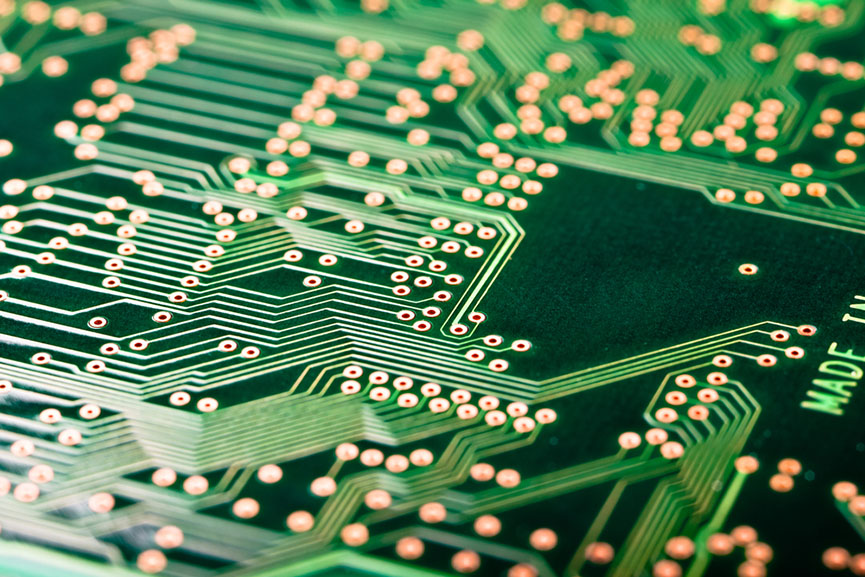Double sided PCB, a cornerstone of modern electronics, offer unparalleled flexibility and efficiency in circuit design. By allowing components to be mounted on both sides, these PCBs maximize space and enhance the device’s overall functionality. This blog post will delve into the mounting processes, techniques, and benefits of Double Sided PCBs, equipping you with the knowledge […]
Solid-state drives are essential components in modern computing, providing fast data access and low power consumption. Among the various PCB types used in SSDs, 6-layer SSD PCBs stand out for their ability to offer advanced features, support high-speed data transfer, and ensure optimal performance. Specific materials are needed to build 6-layer SSD PCBs to achieve […]
Printed Circuit Boards are essential components that provide the physical foundation for electronic circuits. The Gold Finger PCB has earned a reputation for superior functionality and reliability among the various types of PCBs available. This blog post explores the advantages of using Gold Finger PCBs, particularly in high-performance and demanding applications. Gold Finger PCB Introduction […]
In today’s rapidly evolving electronics world, as the demand for advanced and miniaturized electronic products grows, the custom multi-layer PCB is also increasing. Custom multi-layer PCBs offer a variety of benefits, including improved performance, greater cost-effectiveness, and the ability to meet specific design requirements for different applications. Custom multilayer designs enable engineers and manufacturers to achieve the […]
When considering the purchase of a Solid State Drive, many users are concerned about the compatibility of the SSD PCB with various motherboard architectures. SSDs are now essential for fast data access and reliable storage, making it crucial for consumers to know whether the SSD they choose will integrate seamlessly into their existing system. The […]
Power distribution systems are critical to the performance and reliability of electronic devices, machinery, and networks. As industry demands more energy-efficient systems, the materials used in power distribution components must evolve. Heavy copper PCB is a crucial innovation in this regard, with thicker copper layers that can handle high currents while preventing heat buildup—two critical […]
As the demand for faster, more efficient, and more compact storage solutions continues to grow, manufacturers are constantly innovating in the design of printed circuit boards. An 8-layer SSD PCB is a prime example of how technological advancements have enabled the integration of power and signal layers to improve performance and reliability. This blog post […]
As electronics become smaller, faster, and more advanced, the technology behind them must also evolve. rigid flex boards are a solution to the needs of modern devices, combining the durability of rigid boards with the flexibility of flexible circuits. From wearable devices to aerospace systems, rigid flex PCB offers reliable performance, space-saving designs, and greater efficiency. […]
The rapid development of solid-state drives has made precision engineering a cornerstone of their manufacturing. At the heart of every high-performance SSD is a carefully designed printed circuit board that houses the key components that drive data storage and processing. Ensuring accurate layer alignment is critical to reliability, performance, and durability among the many aspects […]
HDI PCB, the pinnacle of modern electronic design, exudes confidence with its unparalleled performance and adaptability to meet the needs of advanced devices. As the industry gravitates towards compact and feature-rich products, the role of HDI PCBs becomes indispensable and a symbol of high performance. Unlike traditional PCBs, HDI PCBs are characterized by their complex […]










